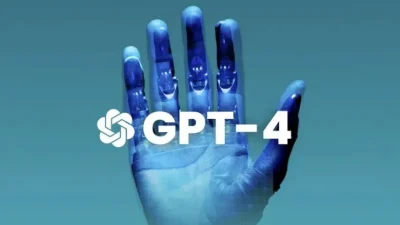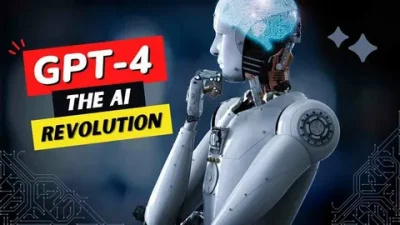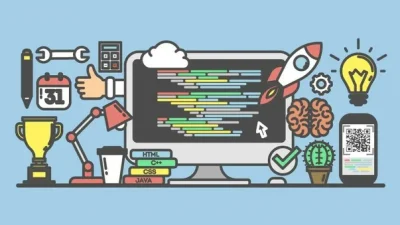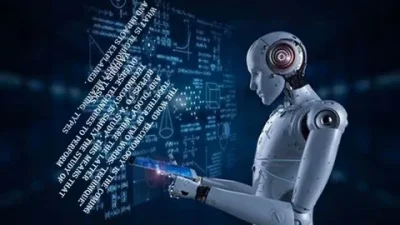GPT-4 has revolutionized the way educational processes are designed and executed. Its capabilities extend beyond simple text generation, offering tools and solutions that cater to both students and educators. This article explores how GPT-4 can be utilized in education, from creating learning materials to assisting in research, while providing practical examples of its implementation.
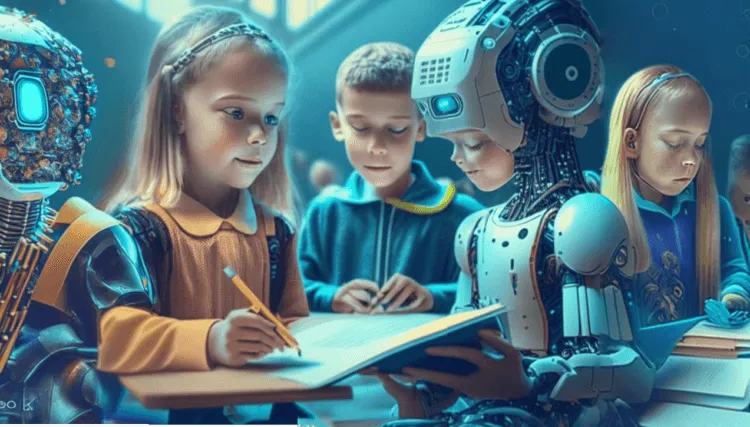
Creating Learning Materials with GPT-4
One of the primary uses of GPT-4 in education is the development of learning materials. GPT-4 can generate:
- Custom lesson plans. Educators can input their objectives, and GPT-4 generates structured lesson outlines tailored to specific age groups and learning goals.
- Interactive exercises. The model can produce quizzes, problem-solving tasks, and case studies.
- Summaries and explanations. Complex concepts can be distilled into simpler terms, catering to varying levels of student comprehension.
Practical Example
An English teacher needs a lesson plan on Shakespeare’s “Macbeth.” By providing key details, GPT-4 generates:
- A summary of the play.
- Key themes and character analyses.
- Suggested discussion questions.
Example of Lesson Plan Generated by GPT-4
| Section | Content |
|---|---|
| Summary | Overview of “Macbeth” |
| Themes | Ambition, fate, guilt |
| Discussion Questions | “How does ambition affect Macbeth’s decisions?” |
This automation saves time, allowing educators to focus on delivery rather than material creation.
Enhancing Textual Review and Editing
GPT-4 serves as an invaluable tool for textual analysis and editing. It identifies grammatical errors, suggests improvements, and ensures consistency in tone and style. Students and educators alike benefit from its capabilities in:
- Essay proofreading. Highlighting weak arguments, unclear phrasing, or structural issues.
- Citation and reference formatting. Ensuring accuracy in academic writing.
- Feedback generation. Providing constructive suggestions to improve writing quality.
Practical Application
A student preparing a thesis draft can use GPT-4 to:
- Identify areas needing better evidence.
- Reformat citations in APA or MLA style.
- Improve transitions between sections.
This support enhances the quality of submissions and reduces the workload on academic advisors.
Preparing for Exams
Exam preparation often involves reviewing large volumes of material and practicing problem-solving. GPT-4 simplifies this by:
- Generating mock tests based on specific topics.
- Creating flashcards for memorization.
- Summarizing key concepts for revision.
Example Use Case
A biology student revising cellular respiration can request:
- A summarized explanation of glycolysis, the Krebs cycle, and the electron transport chain.
- Multiple-choice questions for self-assessment.
- Diagrams with labels to visualize processes.
Sample Revision Content
| Topic | Summary | Question Example |
| Glycolysis | Breakdown of glucose into pyruvate | “What is the end product?” |
| Krebs Cycle | ATP production through oxidation | “Where does it occur?” |
| Electron Transport | Movement of electrons to produce ATP | “What molecule is the final electron acceptor?” |
This streamlined process provides focused preparation, ensuring better performance.
Supporting Research
GPT-4 aids in academic research by:
- Conducting preliminary literature reviews.
- Suggesting research methodologies based on study objectives.
- Analyzing data trends and generating hypotheses.
Researchers can input key terms or objectives, and GPT-4 compiles relevant data from its knowledge base. This accelerates the research process, especially during the initial stages.
Case Study
A researcher studying climate change could use GPT-4 to:
- Summarize existing literature on carbon emissions.
- Suggest methods for analyzing temperature trends.
- Generate possible discussion points for a paper.
While GPT-4 doesn’t replace domain expertise, it offers a strong foundation for further exploration.
Examples of GPT-4 in Practice
Example 1: Tutoring Assistance
Students struggling with specific subjects can engage with GPT-4 for personalized tutoring. By identifying weaknesses, GPT-4 crafts targeted exercises and explanations. For instance:
- A math student struggling with calculus receives step-by-step problem-solving guides.
- A language learner gets grammar corrections and vocabulary exercises.
Example 2: Academic Support for Educators
Educators use GPT-4 to:
- Generate ideas for classroom activities.
- Create diverse assessments to evaluate student understanding.
- Automate administrative tasks, such as grading.
Challenges and Considerations
Despite its strengths, GPT-4 has limitations that users should be aware of:
- Bias in responses. Since GPT-4 is trained on large datasets, it may reflect inherent biases in the data.
- Need for human oversight. Outputs require verification to ensure accuracy and relevance.
- Limited domain expertise. For highly specialized fields, GPT-4 might lack depth.
Educators and students should use GPT-4 as a supplementary tool rather than a standalone solution.
Conclusion
GPT-4 represents a transformative force in education, offering unparalleled support to students and educators. From creating tailored learning materials to assisting in research, its applications are vast and varied. While limitations exist, responsible use can maximize its potential, enhancing the educational experience for all stakeholders.

